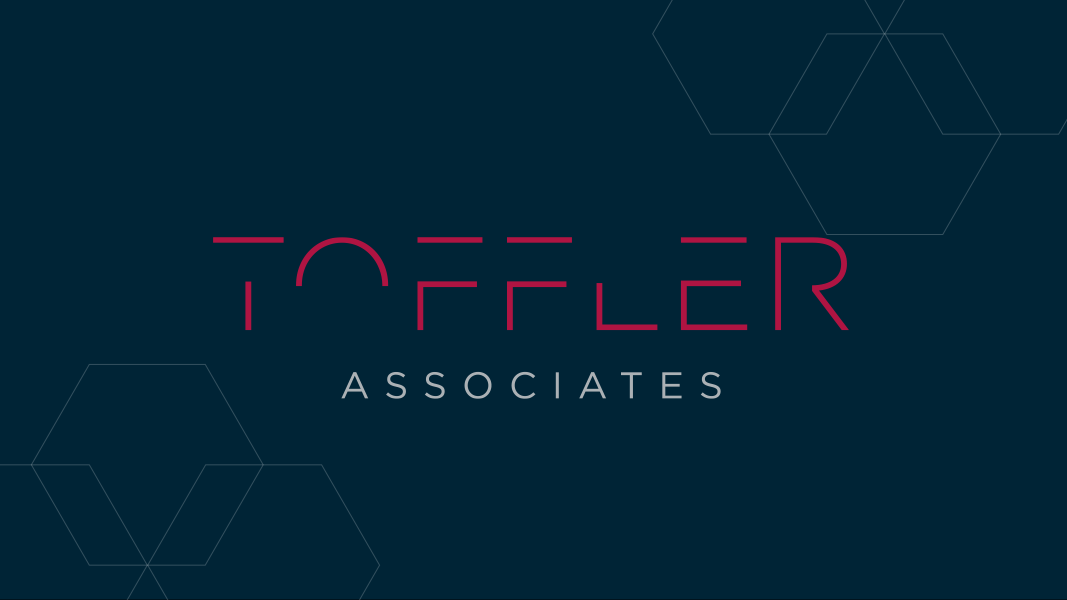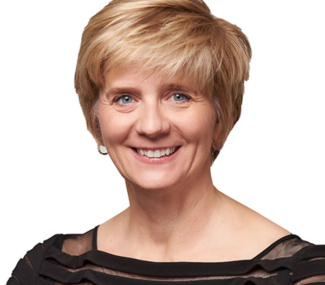RAPPORT // Unleashing a New Kind of R&D in the ESG Environment


“Progress is impossible without change, and those who cannot change their minds cannot change anything.”
– George Bernard Shaw
Momentum is building around the call for responsible investments focused on environmental, social, and governance (ESG) risk. Many early adopters have embraced the United Nations Sustainable Development Goals framework as a structured means of communicating their ESG impact progress. Institutional investors are rapidly maturing their ownership strategies to position ESG responsible businesses in their portfolios. Asset management companies such as Columbia Threadneedle are creating unique responsible investment rating systems to assess financial stewardship and ESG risk management. Many of these organizations are referencing the lessons learned from helping companies address sustainability risks and opportunities to inform how they develop ESG guidance and influence.
In early October, the New York Times reported that Target and Walmart are battling to “out-green” one other. For its part, Target is creating significant strategies around renewable energy, pledging to reach 100% renewable electricity across all its stores. By the end of 2019, they already will be 25% of the way there, thanks to rooftop solar panels being erected on more than a quarter of its 1,855 stores. Walmart is pursuing its own long-term goal of becoming 100% renewable energy dependent, beginning with supplying its global operations with 50% renewable energy by 2025. In addition to solar power, the company is also investing heavily in wind energy.
Target and Walmart aren’t alone in the ESG race. Numerous companies on the 2019 Fortune 100 list have joined the race to 100% renewable energy usage, including Alphabet, General Motors, Procter & Gamble, Johnson and Johnson, and Microsoft.
Accomplishing a Win-Win
It’s not hard to see the positive implications of this new competitive landscape for humanity. The opportunities are becoming increasingly evident to earn brand loyalty and profits. A growing body of data suggests that the companies committing to work to meet the high ESG standards are outperforming the market.
Many investors are looking at the correlations between companies with strong ESG traits, strong balance sheets, excellent management teams, and future-focused leadership. They’re seeing that a successful ESG strategy is built on long-term thinking and a honed ability to consider alternate futures and outcomes from decision-making happening today. Across the board, ESG leader teams generally also have a clear vision, strong sense of purpose, embedded cultural values, and the courage to follow through on challenging promises over the course of years.
Seeing ESG efforts through to their ideal ends begins with a team able to strategize and plan decades into the future. That’s a (necessary) shift for many in the ‘traditional’ business world because it means accepting the likely tradeoff between future success and short-term gains — and the possibility that any earned accolades will come after their tenure has become someone else’s mantle to lead. Beyond that commitment to the greater good, pursuing ESG standards requires a new kind of research and development (R&D) portfolio. Innovating for ESG leadership will be vital to a company’s ability to keep pace with rapidly changing expectations. Continuous product design and development remain a key to survival, expanded to include even more new and re-designed products.
Shifting the R&D Paradigm for the ESG Environment
Traditionally, R&D in support of a new or updated product has been driven by the producer. The company either would decide to conduct the research in-house or outsource it depending on the bequest of the manufacturer. Deliberate and disciplined, The R&D would happen in a focused, siloed process, and adherence to a classic stage gate method of management would ensure a linear approach toward an end goal.
That model doesn’t work well in this ESG environment. Silos and linear thinking are antiquated and ineffective. With almost eight billion highly networked and connected people on the planet, we’re each within one degree of connection to anyone else. This connected mix of desires, ideas, and resources offers almost boundless opportunities. It also means that organizations can no longer keep up with innovation using just their own R&D mechanisms. Producers must leverage external knowledge resources as part of their R&D approach, especially with respect to ESG efforts that could have an impact on all of humanity and our planet at large.
This opportunity is part of the long-term, future-focused new way of thinking and operating. Producers must figure out how to:
- Closely integrate ESG R&D strategy with an overall business growth strategy
- Stay future-focused to sense change and shifts in ESG customer demand
- Operate in a multi-disciplinary manner, crossing boundaries to utilize such disciplines as psychology, sociology, cultural anthropology, and systems thinking to increase understanding of what consumers and end customers value from ESG focuses
- Create a network of networks to stay abreast of and access a wide variety of technology and science development being worked to address future ESG issues
Instead of creating knowledge through their own centralized process, the new normal has R&D accessing and leveraging externally-existing knowledge from sources that are as likely across the globe as they are across the street. This kind of Radical change is difficult and disruptive. It is not an easy task and it demands courage. We’ll succeed by unleashing our innovators from the constraints of the traditional R&D process to tap into other valuable sources of R&D and technology innovation.
Integrating ESG into business operations is allowing leaders to better manage the increasing complexity of global markets. Understanding how the changing values of various stakeholders impact business success, market stance, brand relevance, and humanity requires a higher level of creative thinking. It will be the effort to ask and answer what-if by overcoming biases, assumptions, and constraints of R&D that will become new competitive advantages and the pathways to ESG successes.
{{cta(‘762720fe-ae48-492a-b1b6-81d4cade1d27’)}}
- Categories
- Strategic Planning


 About the Authors
About the Authors